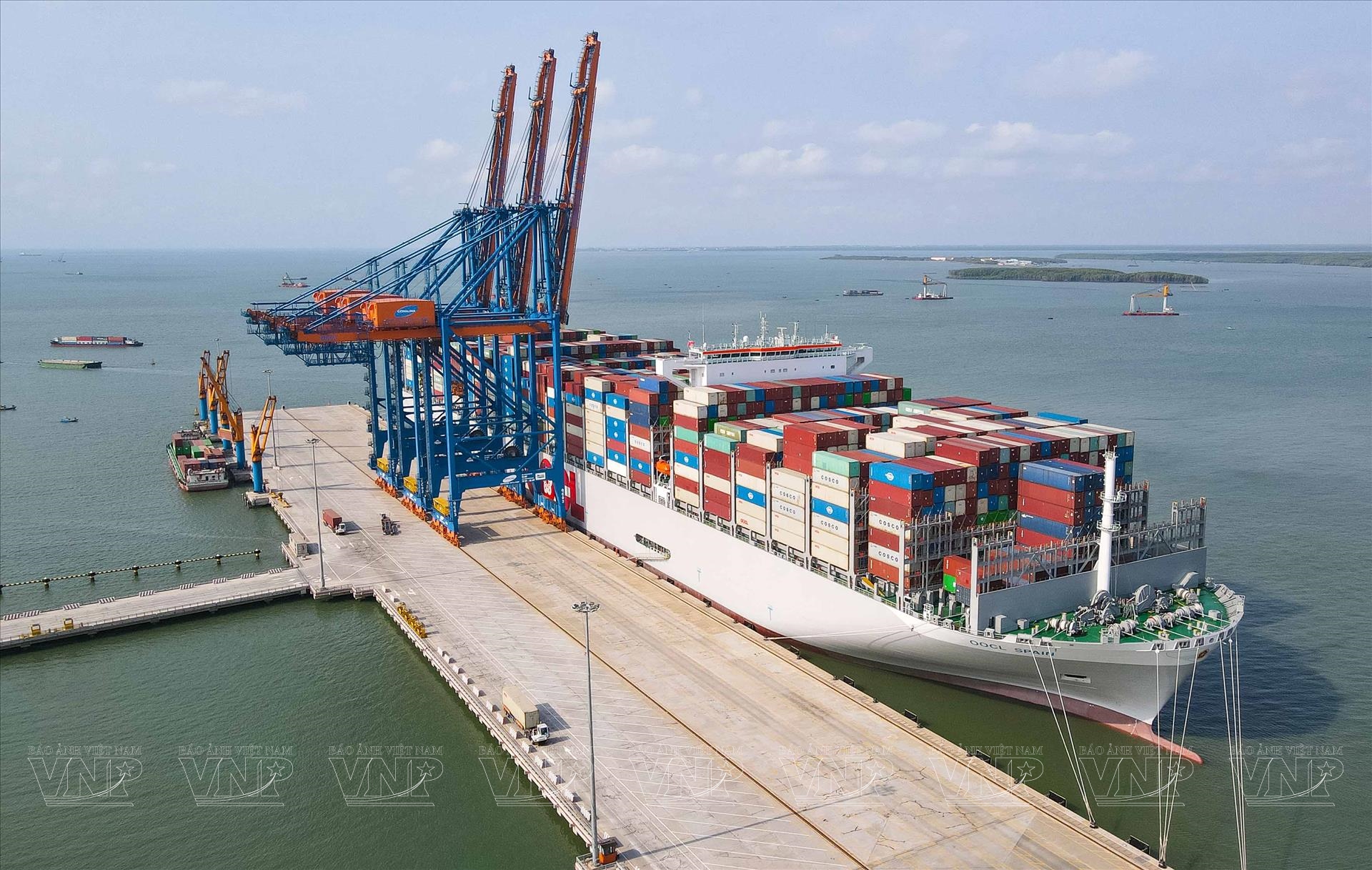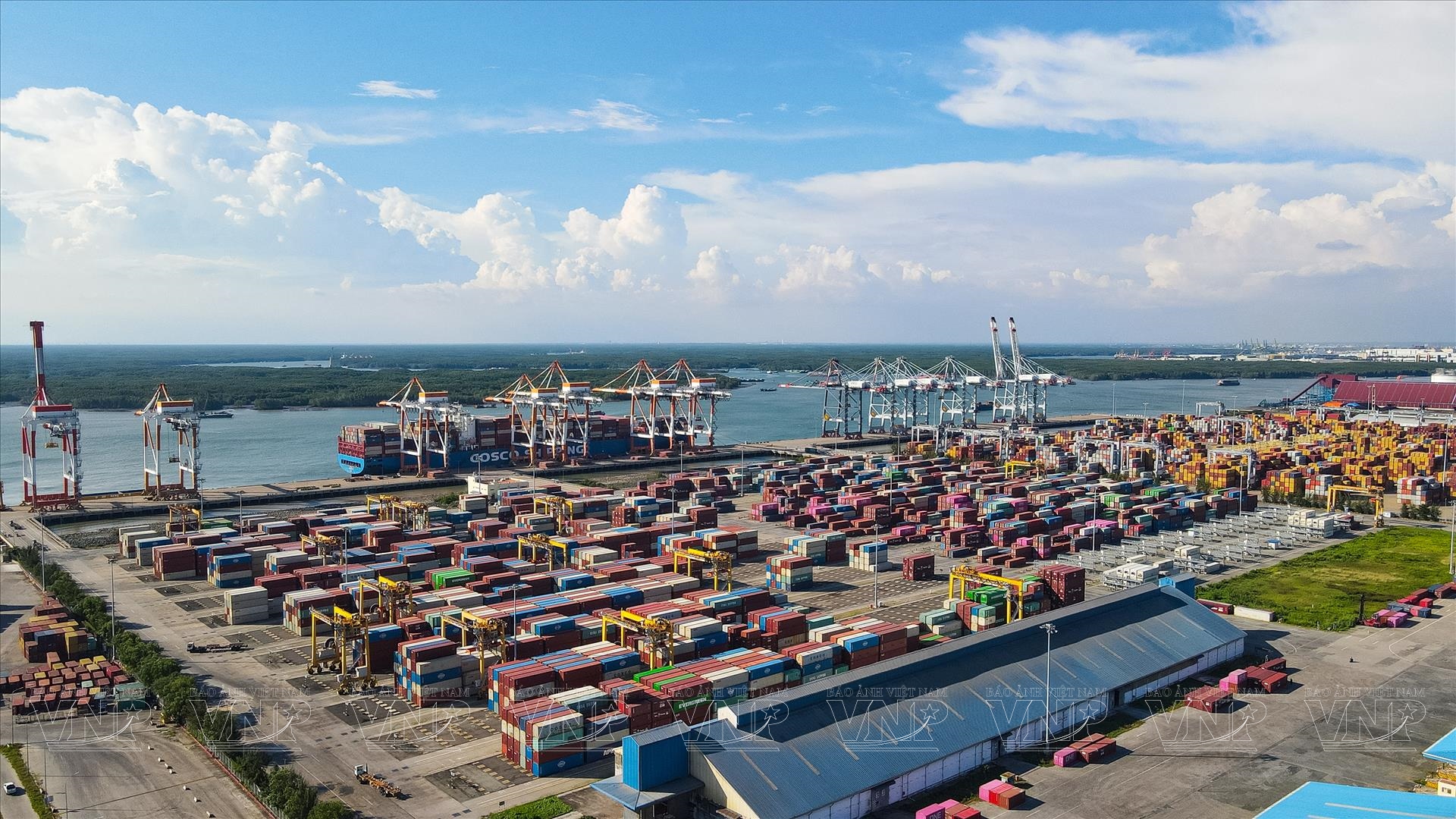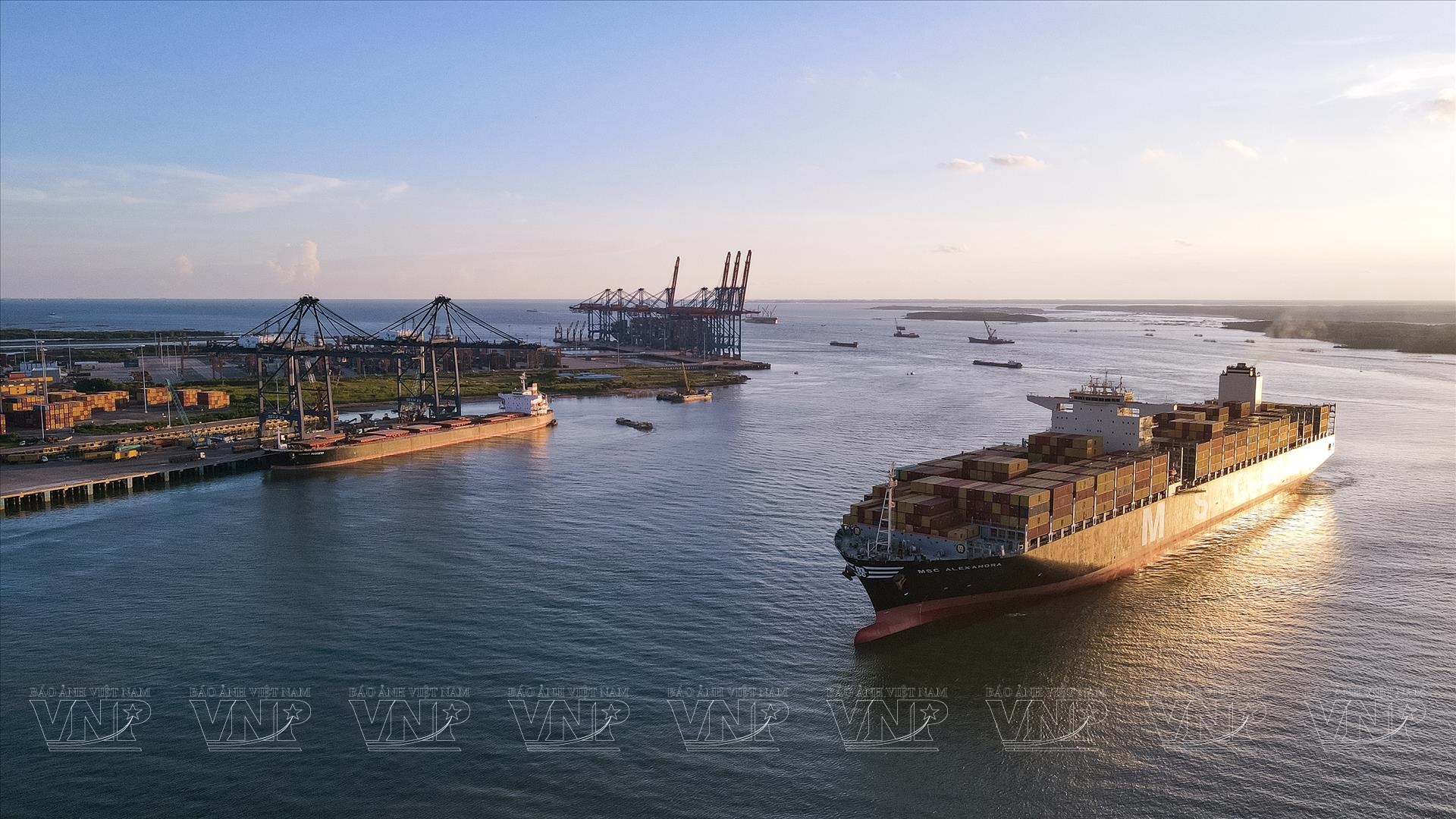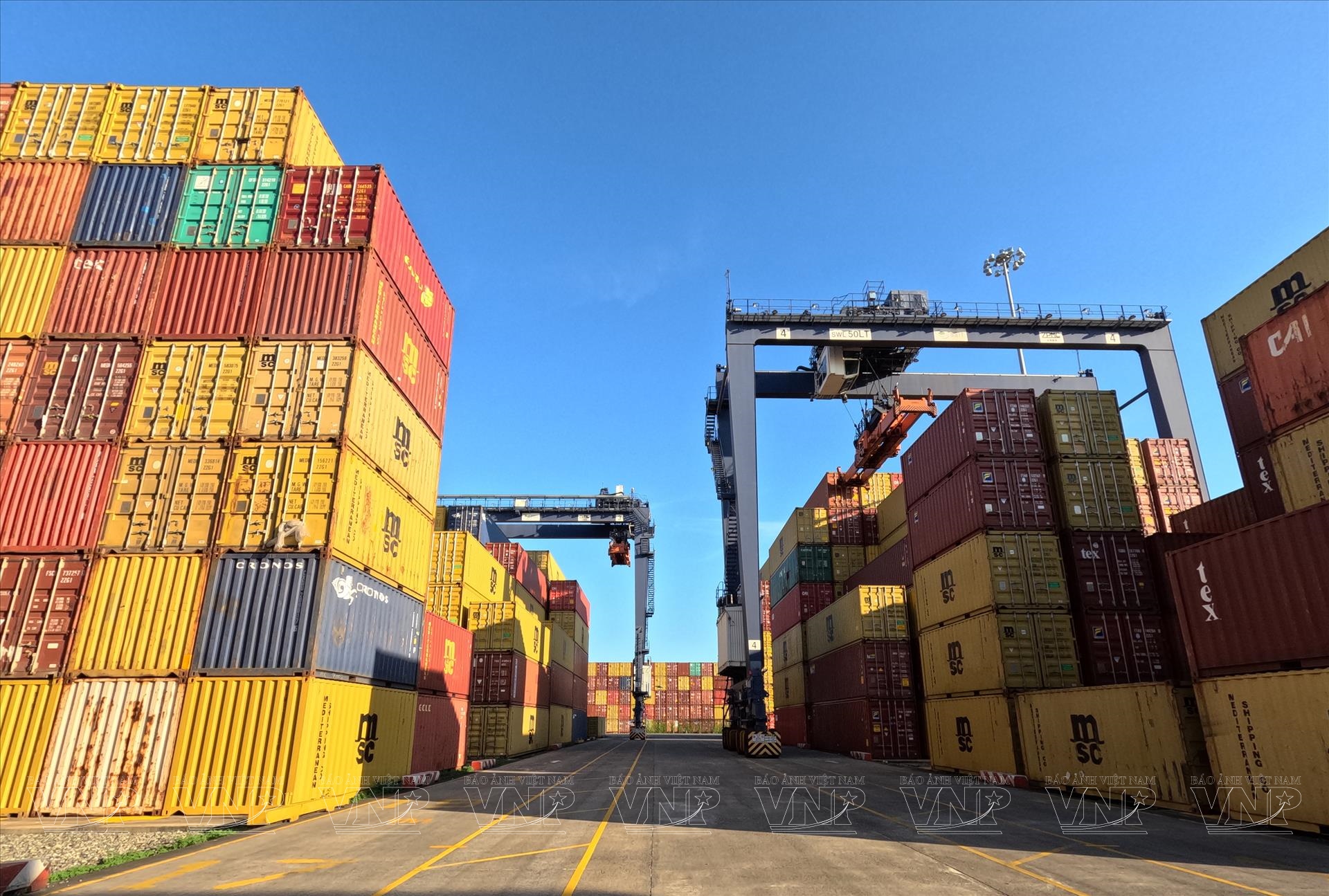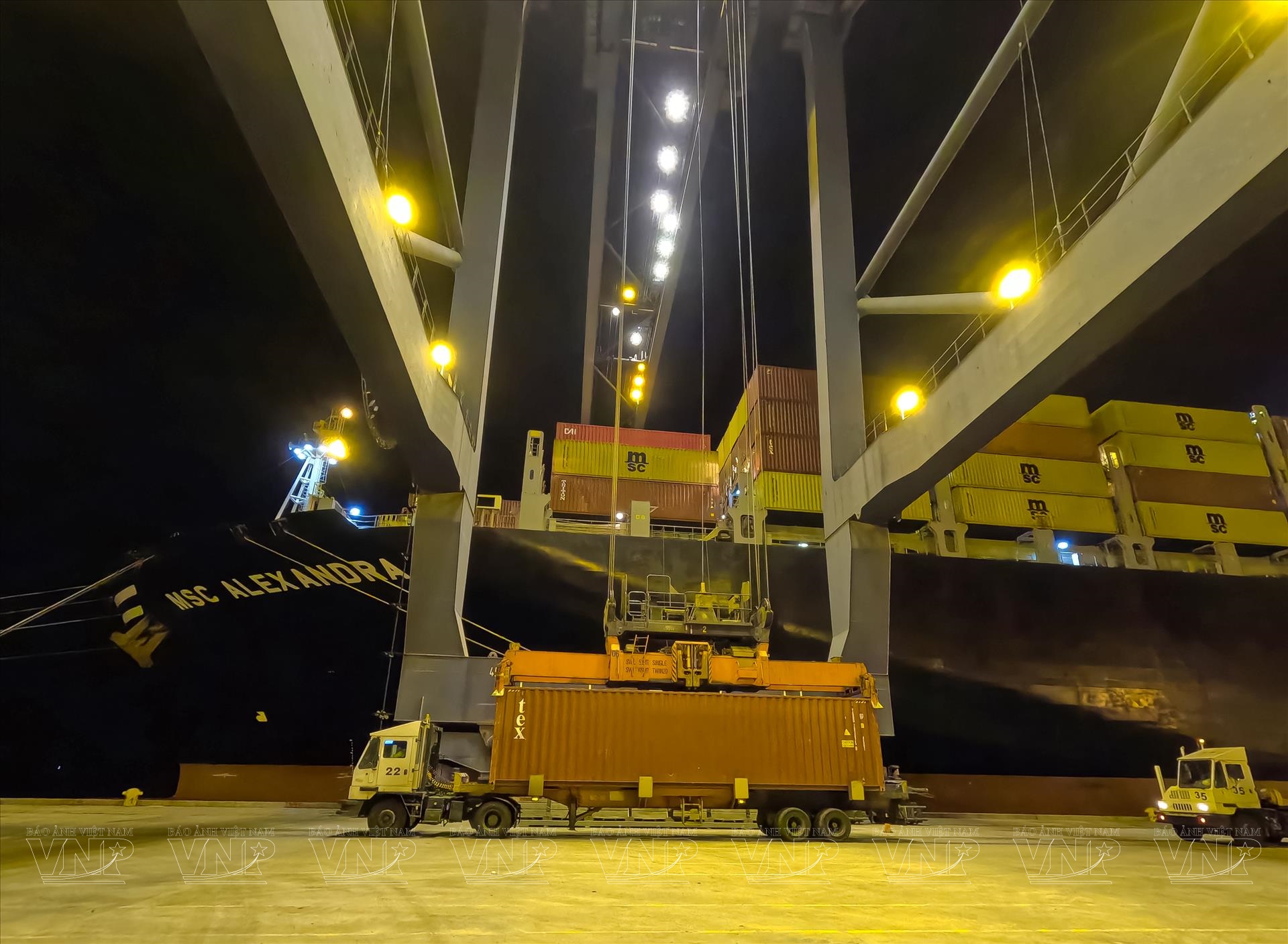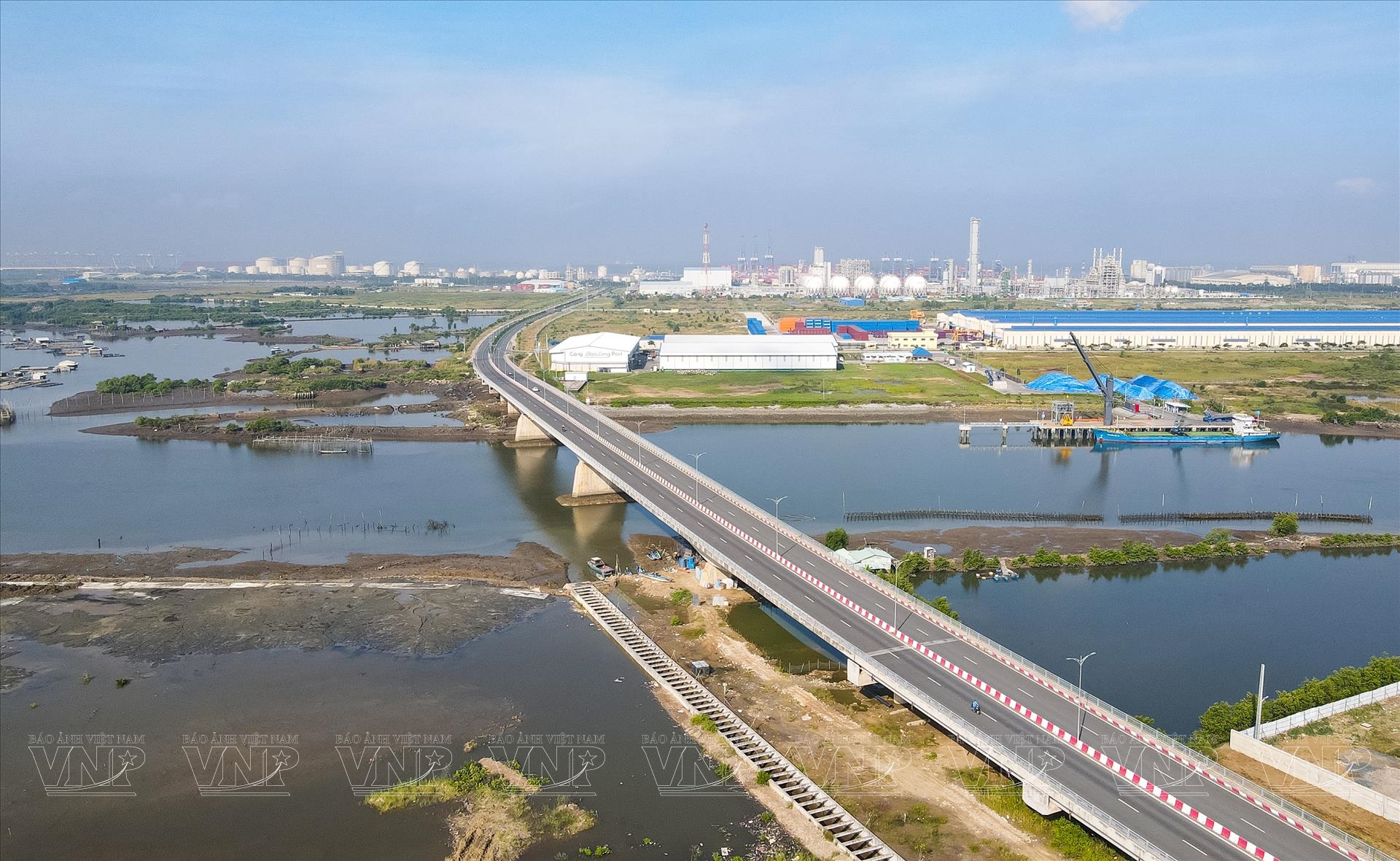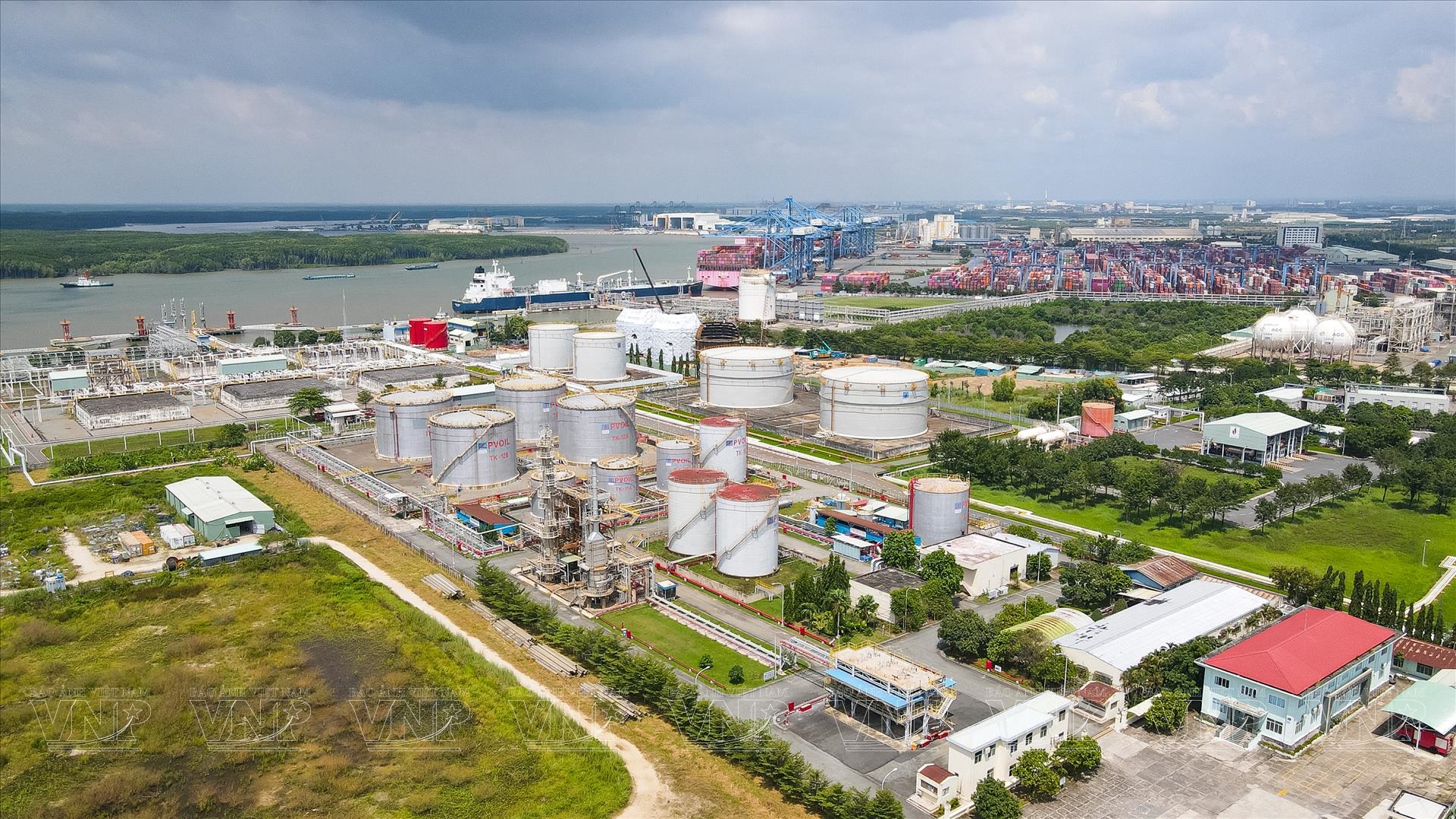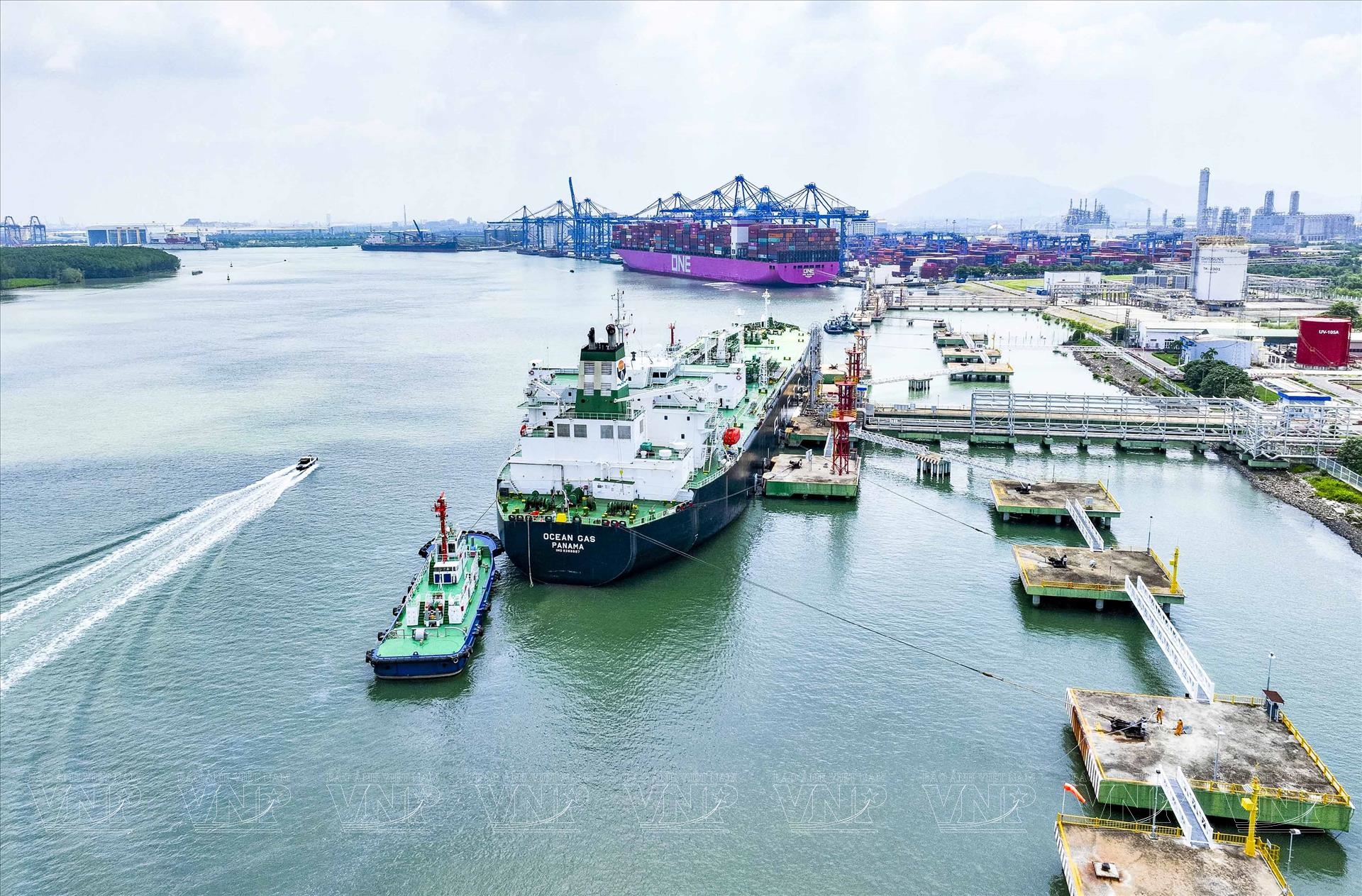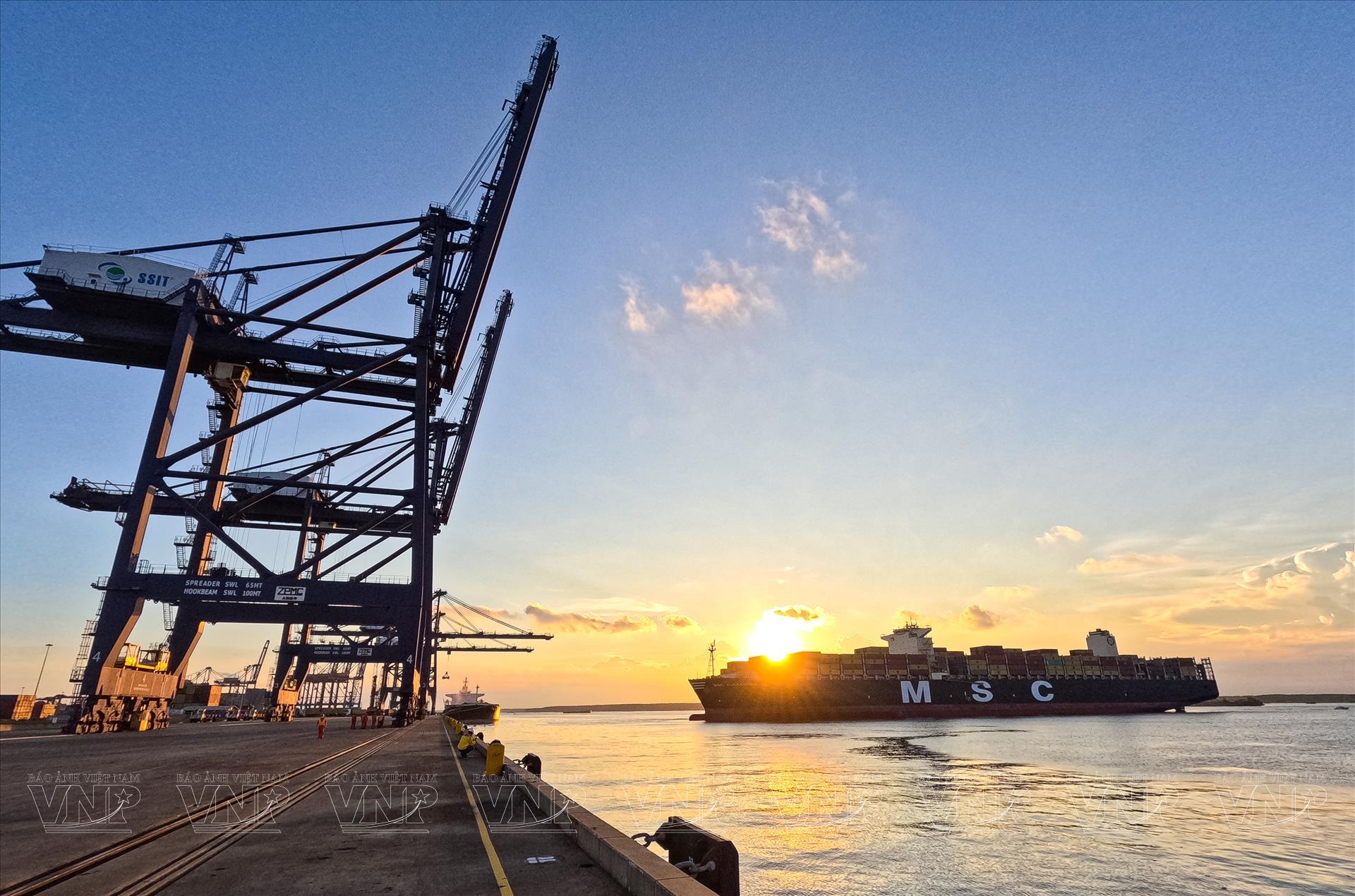The Cai Mep - Thi Vai Port Cluster: A World-Class International Seaport
According to 2024 statistical reports, the Cai Mep - Thi Vai Port Cluster (located in Phu My Ward, Ho Chi Minh City—formerly Phu My City, Ba Ria - Vung Tau Province) handled a total throughput of approximately 152 million tonnes, equivalent to 34%of the nation's total container volume. This demonstrates significant growth momentum and reflects the confidence and choice of regional and international partners to use this international cluster for maritime transport and trade.
This momentum has created a favorable environment for Ho Chi Minh City's (HCMC) maritime logistics sector following the merger of Ba Ria - Vung Tau and Binh Duong provinces into HCMC in early July 2025. Building upon the strong foundation of the existing Cai Mep - Thi Vai International Port and the Can Gio International Transshipment Port construction project—for which the Prime Minister approved the investment policy in early 2025—the goal is now clearly set: to transform this international port cluster into a modern, highly efficient global maritime center.
With its remarkably modern infrastructure, the Cai Mep - Thi Vai International Port features three container berths totaling 890m in length, three barge berths totaling 270m, and a 55-ha container yard with a capacity for nearly 51,500 TEU. Equipped with 10 STS quayside cranes, 22 yard cranes, three specialized barge cranes, a diverse fleet of stackers and prime movers, and highly professional operational procedures, the port ensures optimal reception and handling of the most modern generations of vessels worldwide. This significantly shortens the shipping time for import/export goods between the Southern region and other countries, avoiding the previous necessity of transiting through the Port of Singapore.
Having achieved the status of an international seaport, Cai Mep - Thi Vai International Port has become a vital maritime and logistics hub for the Southern provinces and the region. Officially operational since early 2011, the port is located within a waterway channel widely regarded as Vietnam’s finest and most convenient. The port is committed to providing customers with world-class container port and logistics services. With guaranteed channel depth, compliant wharf areas and turning basins, and modern facilities and equipment, the port is currently one of the region's most vibrant hubs for domestic and international waterway trade and transshipment. Notably, it is capable of servicing super-vessels with capacities up to 160,000 DWT (equivalent to 14,000 TEU).
Currently, the exploitation of expressways connecting HCMC with the Southern and South Central gateway provinces, the Trung Luong expressway linked to the Southwestern provinces, the rapidly progressing Long Thanh International Airport project, and the Metro railway line project all facilitate traffic flow and connectivity to the port cluster. These infrastructure improvements significantly boost the operational capacity of the Cai Mep - Thi Vai International Port, increasing its efficiency and competitiveness. The seamless planning of the port cluster, favorable natural conditions, and abundant cargo sources are the basis for Cai Mep - Thi Vai to compete effectively with other international ports in the region.
Furthermore, the Can Gio International Transshipment Port received investment policy approval from the Prime Minister earlier this year. The project has a massive scale of up to 571ha, encompassing coastal protection land and water surface area, with Phase 1 expected to be completed by 2030 and full completion by 2045. The goal of building the Can Gio port is to create a major international transshipment hub, attracting large shipping lines and domestic and international logistics enterprises. This, combined with Cai Mep - Thi Vai, will form the Cai Mep - Thi Vai - Can Gio international port cluster—a strategic move positioning HCMC to become the leading regional maritime logistics center and a direct gateway connecting Vietnam to the global supply chain.
According to HCMC's master plan until 2030, the volume of goods projected to pass through the city's seaports is estimated to reach 447–476 million tonnes per year, including 28–31 million TEU of container cargo. This accounts for nearly 32–36% of the nation's total cargo volume and 58–61% of the container volume passing through Vietnam's seaports. This not only affirms HCMC's strategic position as a maritime import/export gateway in the near future but also contributes to Vietnam's gradual rise as a vital link in the global supply chain./.
- Story: Son Nghia/VNP
- Photos: Hinh Son
